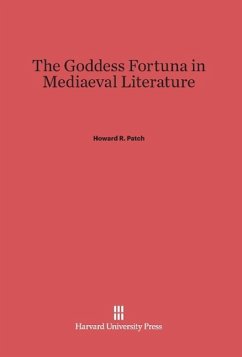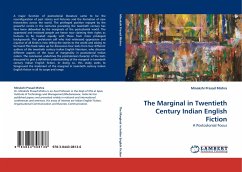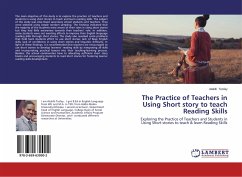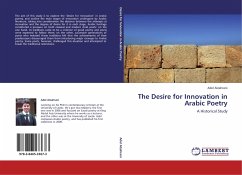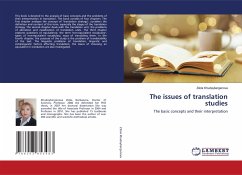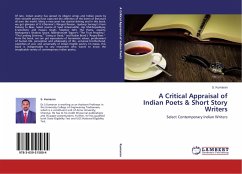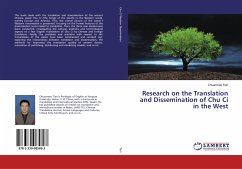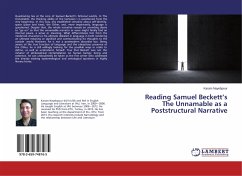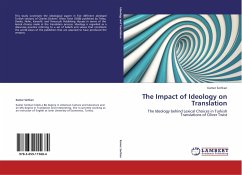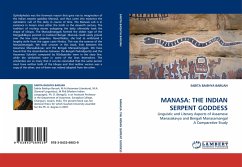
MANASA: THE INDIAN SERPENT GODDESS
Linguistic and Literary Aspects of Assamese Manasakavya and Bengali Manasamangal A Comparative Study
Versandkostenfrei!
Versandfertig in 6-10 Tagen
52,99 €
inkl. MwSt.

PAYBACK Punkte
26 °P sammeln!
Ophidiphobia was the foremost reason that gave rise to imagination of the Indian serpent goddess Manas , and thus came into existence the ophiolatric cult of this deity in course of time. The Manas cult is in existence in Assam since either the tenth or the eleventh century. The tradition of reciting stories eulogising the deity ultimately took the shape of k vyas. The Manas ma gals formed the oldest type of the Ma galk byas penned in medieval Bengal. Manas could easily prevail over the low caste populace. Nevertheless, she had to withstand a lengthy strife from the upper caste Hindus. This wa...
Ophidiphobia was the foremost reason that gave rise to imagination of the Indian serpent goddess Manas , and thus came into existence the ophiolatric cult of this deity in course of time. The Manas cult is in existence in Assam since either the tenth or the eleventh century. The tradition of reciting stories eulogising the deity ultimately took the shape of k vyas. The Manas ma gals formed the oldest type of the Ma galk byas penned in medieval Bengal. Manas could easily prevail over the low caste populace. Nevertheless, she had to withstand a lengthy strife from the upper caste Hindus. This was the essence of the Manas ma gals. We shall uncover in this book, links between the Assamese Manas k vyas and the Bengali Manas ma gals. We have found that the dissimilarities between the Bengali Padm pur and the Assamese Sukn n composed by N r ya dev were in the story line, while the similarities were in some of the lines themselves. The similarities are so many that it can be concluded that the same person must have written both of the k vyas and that neither version was a copy of the other; one of them was indeed adapted from the other.



